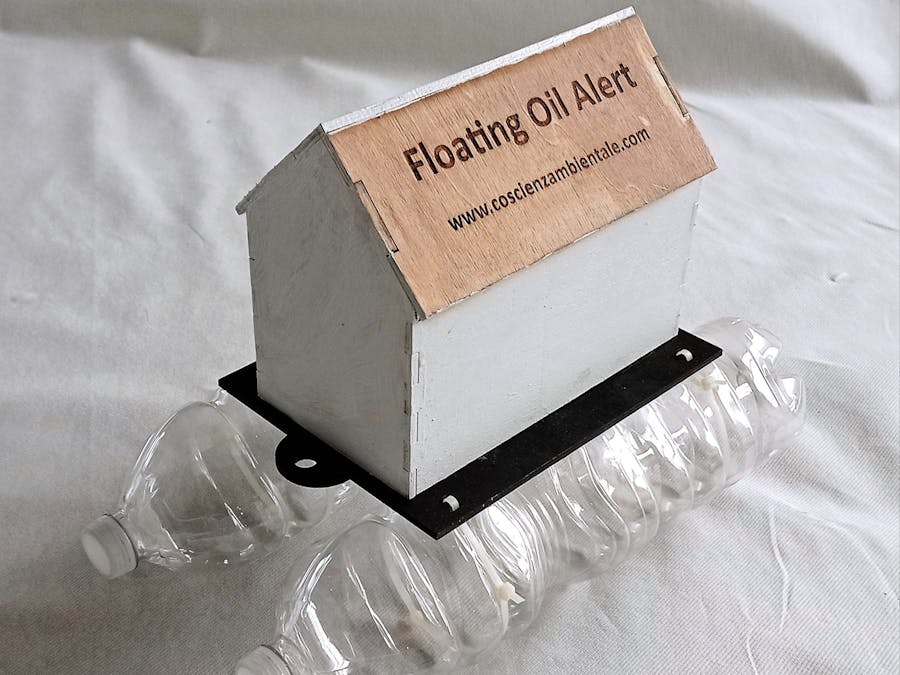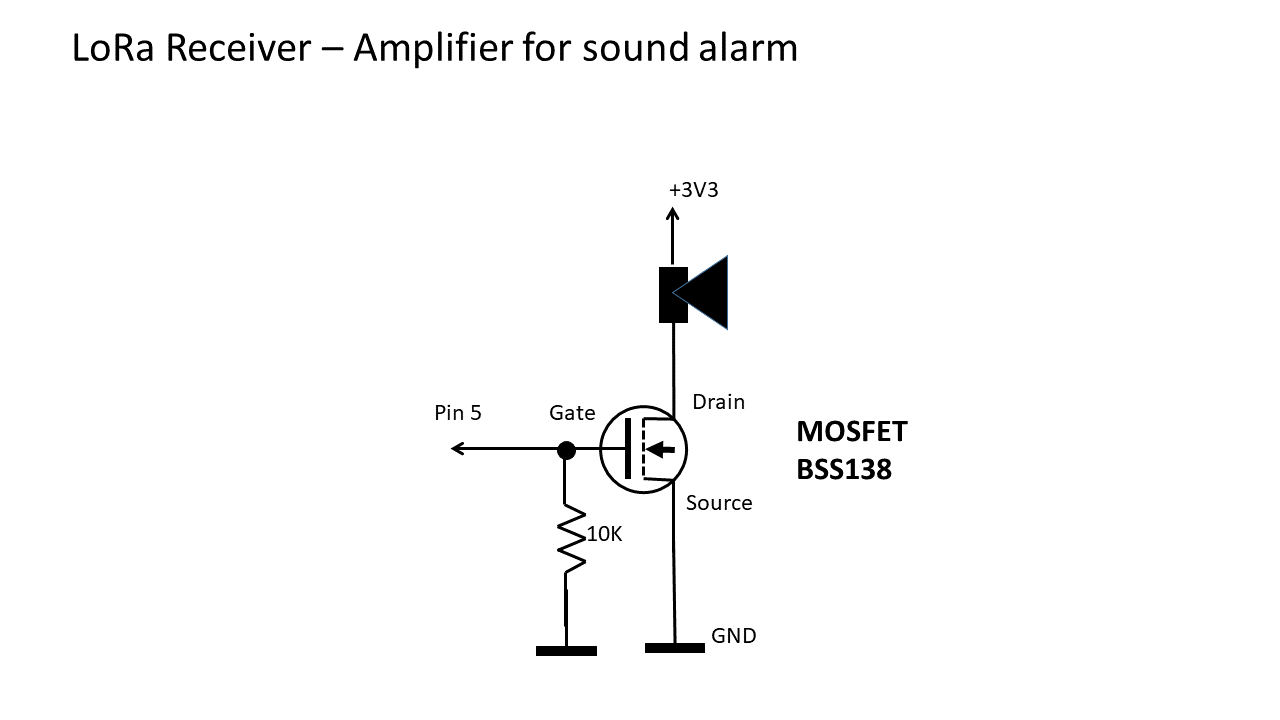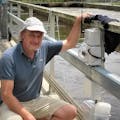The oil or diesel spills, from human activities, in rivers, lakes or sea ports poses a threat to the local environment. Oil does not dissolve in water, instead it forms a thick layer on the water surface. This can stop marine plants receiving enough light for photosynthesis. It is also harmful for fish and marine birds. Events of this kind must immediately be stopped in the bud to avoid worse damage.
The "Floating Oil Alert" allows you to detect small traces of hydrocarbons in the water and trigger an alarm via the IoT. The system is low cost, open source and easy to assemble, it has a range of a few kilometers and can be replicated up to dozens of sensor units. A central receiving unit collects messages from sensors and locates those that detect small oil spills. The data can be transmitted to an Internet server which presents them on a graph and issues alarm messages. A sound and light alarm system can be connected to the central unit.
TheFloating Oil Alert consists of two parts: the sensor floating unit and the central unit; they are connected by LoRa data transmission.
The sensor unit is made by a floating platform, consisting of two plastic bottles bounded to a painted wooden structure created with a laser cutting machine. Inside the structure a small servo motor periodically dips a hydrocarbon-sensitive test paper strip which turns blue when traces of oil or other hydrocarbons are present on the water surface. If these traces are absent, the test paper strip does not get wet because it is water repellent and can be re-used.
The color of the test paper is measured by a color sensor and acquired by the on-board microcontroller (MCU) which transmits the data via LoRa radio. The paper strip must be changed every time it is contaminated with hydrocarbons, i.e. after an alert message.
The LoRa transmission used here is a simple protocol that allows until 20-25 sensor units communicating with the central unit on the same frequency channel. It is not required LoRaWAN protocol. The simple LoRa protocol used here does not require high performance CPUs and the same type of MCU board can be used both for the transmitting sensor and the receiving central unit. Also the firmware is simplified. The distance range of LoRa transmission is some kilometers.
The sensor unit is anchored to the bottom of the river or lake and therefore it has a fixed position. There is no navigation system or GPS, this choice was motivated by the need to save energy and simplify the project. Each transmitted messages has the identification number of the sensor it comes from.
The sensor unit has a LiPo battery onboard capable of powering the circuits for months. A broadcast period of 15 minutes is sufficient for a quick alert.
The central unit can be placed where a WiFi connection is available, usually on shore. The LoRa receiver board can be the same of transmitter and it can be connected to a WiFi board as, for example, the Wemos D1 MINI ESP8266 or other similar.
Alternatively it can be used a board with both LoRa and WiFi connection facilities, as for example, the LILYGO®TTGO LoRa32 T3_V1.6.1
If a WiFi connection is not available, the central unit can be connected to a sound and light alarm and to a LCD display showing the sensor from which the alarm originated. This kind of receiver is described in the present project and it is shown on the first picture.
A video about the working system is available here

























Comments
Please log in or sign up to comment.